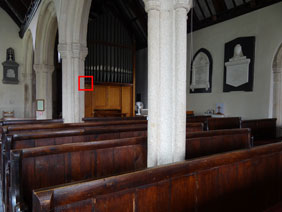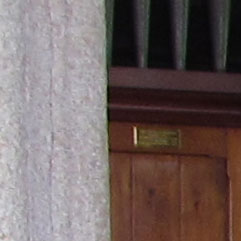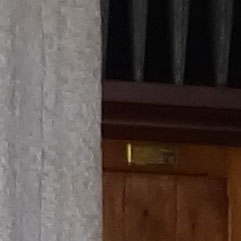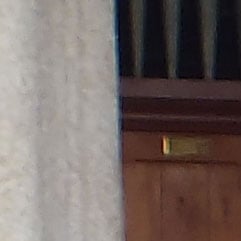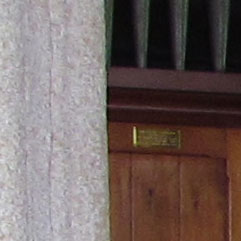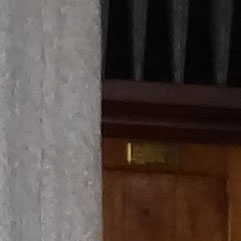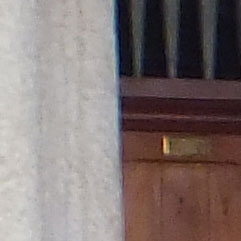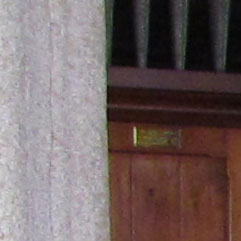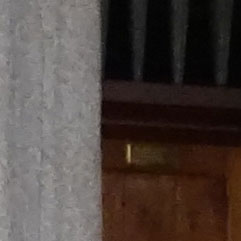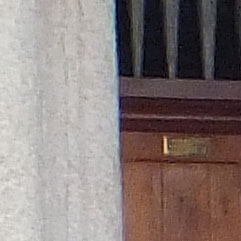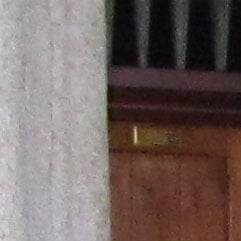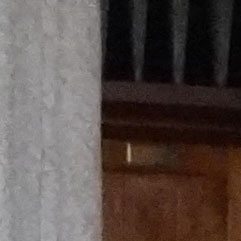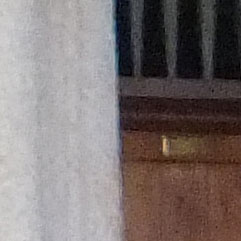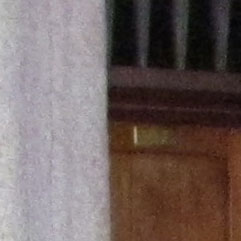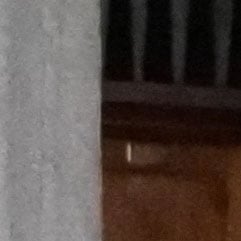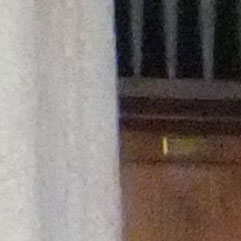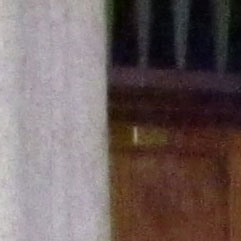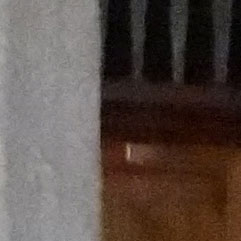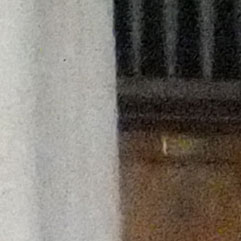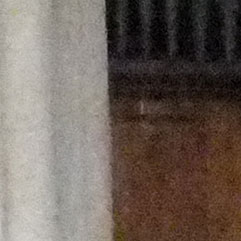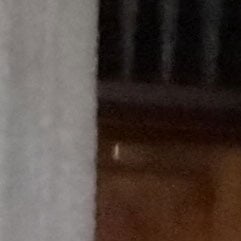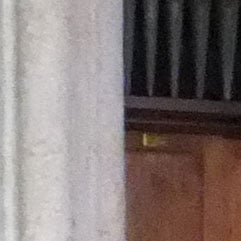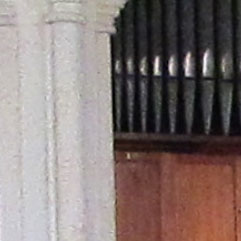Sony Cyber-shot DSC-HX100V
-
-
Written by Gordon Laing
Quality
Sony Cyber-shot HX100V vs Fujifilm FinePix HS20 EXR vs Canon PowerShot SX30 IS Resolution
|
Sony Cyber-shot HX100V |
Fujifilm Finepix HS20 EXR |
Canon PowerShot SX30 IS | ||
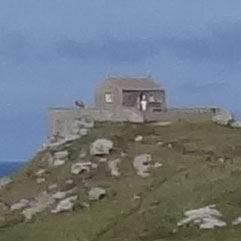 | 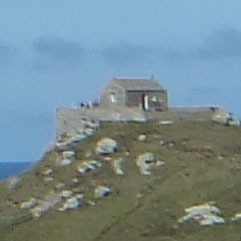 | 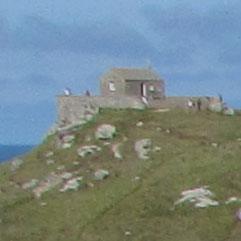 | ||
f4, 100 ISO |
f4, 100 ISO |
f4, 80 ISO | ||
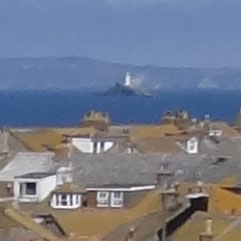 | 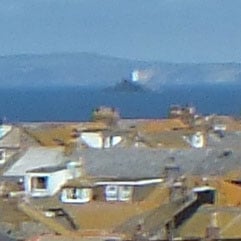 | 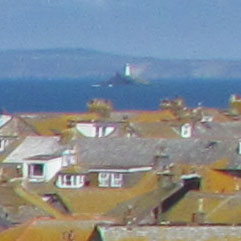 | ||
f4, 100 ISO |
f4, 100 ISO |
f4, 80 ISO | ||
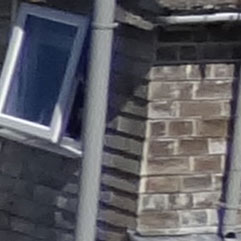 | 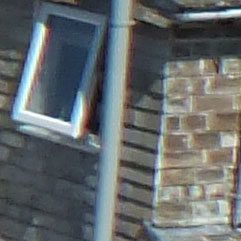 | 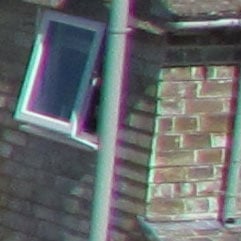 | ||
f4, 100 ISO |
f4, 100 ISO |
f4, 80 ISO | ||
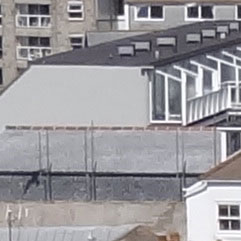 | 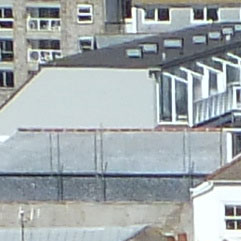 | 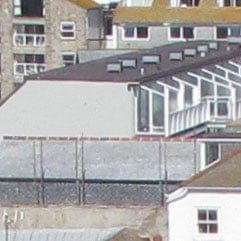 | ||
f4, 100 ISO |
f4, 100 ISO |
f4, 80 ISO |
Sony Cyber-shot HX100V vs Fujfilm FinePix HS20 EXR vs Canon PowerShot SX30 IS Noise
The above shot was taken with the the Sony Cyber-shot HX100V in Program auto mode. The lens was set to its widest angle focal length of 4.8mm (27mm equivalent), the sensitivity was set to 100 ISO and the exposure was 1/6th of a second at f2.8. The crops are taken from the area marked with the red square and presented below at 100%. At 100 ISO the Cyber-shot HX100V crop looks good, though it’s by no means perfect. There’s plenty of detail in the the stone column on the left and the wood panelling. There’s a small engraved brass plate on the panelling and you can just about make out the detail here. Generally though, the detail in the crop looks just the tiniest bit smeared. Move up to 200 ISO and things are still looking pretty good, though there’s now a little noise starting to appear in the wood panelling and the detail in the stonework has taken on a slightly blocky appearance. At 400 ISO, as you’d expect, the noise gets worse and the detail suffers a little as a consequence, however, this is still a relatively clean crop and I’d have no hesitation in using the Cyber-shot HX100V’s 400 ISO sensitivity for everyday shots, we’re not yet in ‘only for special circumstances’ territory. At 800 ISO we have however crossed that boundary, the noise is gaining the upper hand and the edge of the column is no longer an edge. It’s worth bearing in mind though, that although this looks very grainy at 100 percent, at smaller magnifications 800 ISO shots look quite respectable, check out the gallery for a better idea. At 1600 ISO the noise has obscured all but the crudest details, and while it’s great to have a 3200 ISO option for capturing action, say, under street lighting, image quality is not going to be top of your priority list. An all-round excellent performance from the Cyber-shot HX100V’s new 16.2 Exmor-R sensor. Compared with the FinePix HS20 EXR the Cyber-shot HX100V crops look even better than when you view them in isolation. Close up, the Finepix HS20 crops hold up well in terms of degradation as the ISO sensitivity increases, but they start well behind the Cyber-shot HX100V crops at the 100 ISO base sensitivity setting. The FinePix HS20 EXR 100 ISO crop looks quite heavily processed, there’s a quite a high degree of pixel clumping visible as well as, despite the processing, noisy pixels. It’s also unusual to see the edge definition of the stone column, which is in focus, fragmenting at such a low ISO sensitivity setting. As the FinePix HS20 EXR progresses up the ISO scale both the processing artefacts and the noise get progressively worse. Once again though, it’s worth stating that these differences, which look huge at 100 percent, are much less relevant at smaller sizes, it’s only if you’re making big prints or cropping that these quality differences will come into play. Compared with the Canon PowerShot SX30 IS the qaulity margin is much narrower. The 80 ISO PowerShot SX30 IS crop looks to have a little more detail than the 100 ISO crop from the Cyber-shot HX100V and the same goes for the 100 and 200 ISO crops. Compare the detail in the stone column and the brass plate at the top of the wood panelling. From 400 ISO up, though there are qualitative differences in the way both cameras deal with the increasing noise, you’d be hard pressed to say one was better than the other. Both the Cyber-shot HX100V and FinePix HS20 EXR have low light composite modes which I’ve compared in the final row of the table alongside the PowerShot SX30 IS’s (single shot) Low light scene mode. Though the Cyber-shot HX100V’s Anti Motion Blur doesn’t look as clean as the Fujifilm FinePix HS20 EXR’s Pro Low-light mode, it is at least a full 16 Megapixel shot compared with the Finepix’s 8 Megapixels. Now head over to our Sony Cyber-shot HX100V sample images to see some more real-life shots in a variety of conditions.
|

